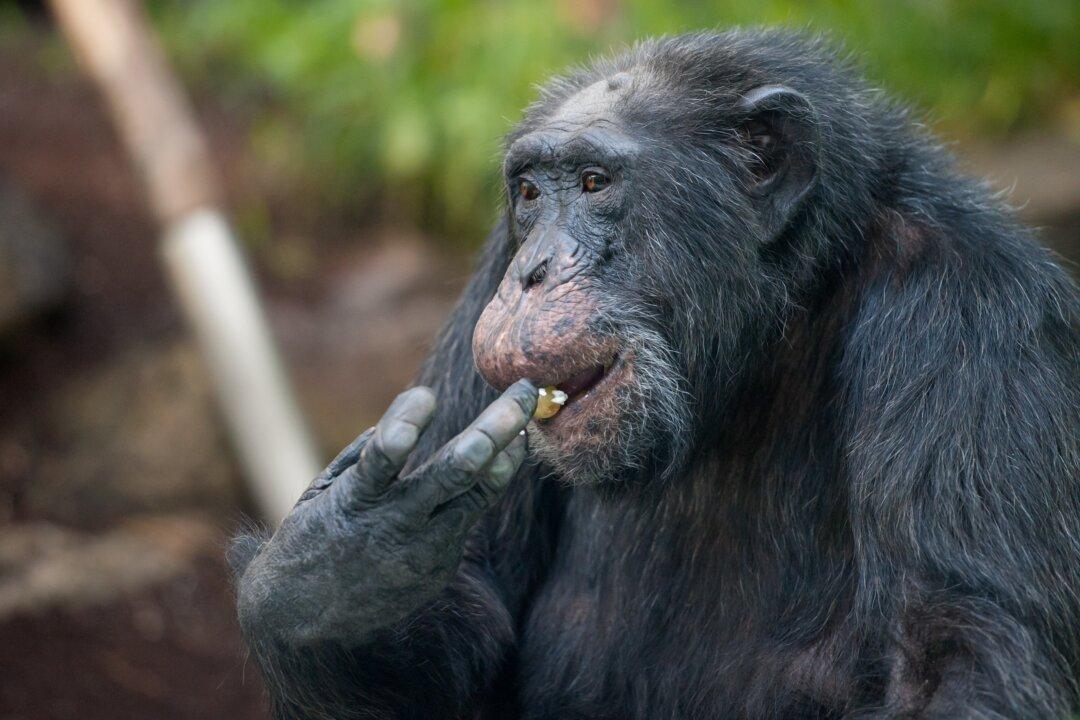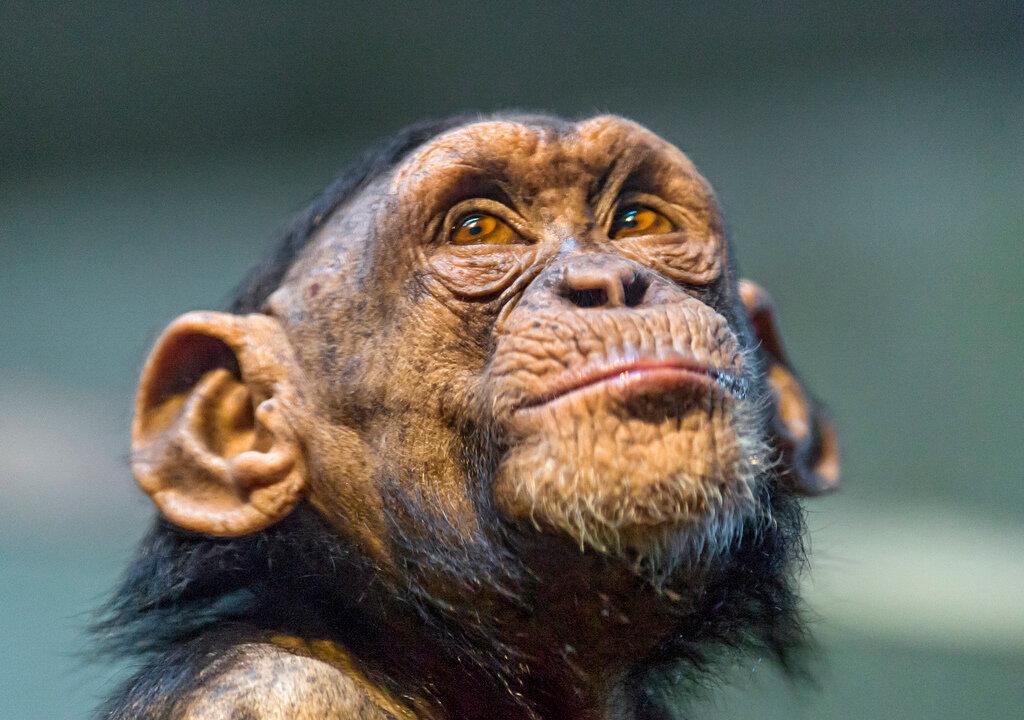In 2007, Jill Pruetz first reported savanna chimps at her research site in Fongoli, Senegal, were using tools to hunt prey. That was big news, but what also stood out to Pruetz was that female chimps were the ones predominantly hunting with tools.
The finding attracted criticism because of the small sample size, but the anthropology professor was motivated to learn more.
Since then, Pruetz and her research team have documented more than 300 tool-assisted hunts. Their results, published in the journal Royal Society Open Science, support the initial findings—female chimps hunt with tools more than males do.




